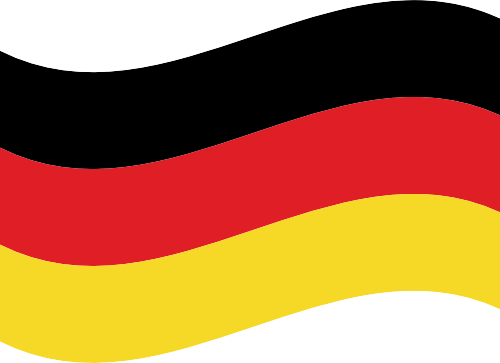- Alphadi Deutschland GmbH
- +49 561 949 189 0
- info@alphadi.org

CIP stands for the Continuous Improvement Process, which is often associated with Kaizen. KVP focuses exclusively on improving workplace processes. In contrast, Kaizen is an integral part of the Japanese mindset, embodying the principle of continuous optimization beyond just the work environment.
KVP tools are used in quality management, project management, lean management, and Six Sigma. Through KVP, employees expand their methodological knowledge and adopt a quality-oriented mindset, which is crucial for the success of a sustainable KVP initiative.
CIP tools are essential instruments in the Continuous Improvement Process (CIP). The goal is to continuously optimize work processes and quality. These tools encompass a variety of methods and techniques, including the PDCA cycle for systematically planning, executing, reviewing, and adjusting processes. Other important tools include quality and management tools, error prevention and analysis methods such as check sheets, Ishikawa diagrams, and the Pareto principle. By effectively utilizing these tools, companies can enhance efficiency, reduce errors, and continuously improve product and service quality.

With more than 4,000 projects and case studies, Alphadi is a leader in the field of Lean Six Sigma and Sales Process Engineering. We advise you holistically so that your goals are achieved sustainably and in the long term.
2025 © All Rights Reserved.